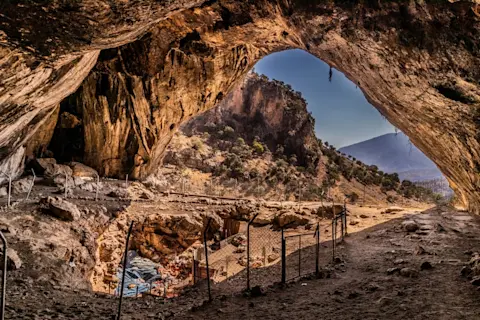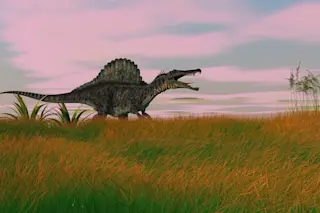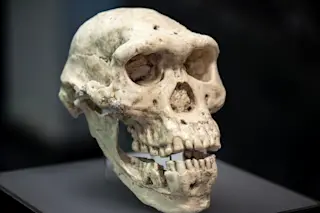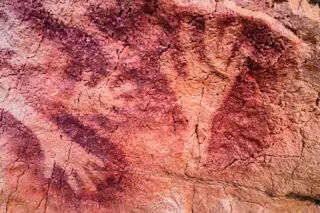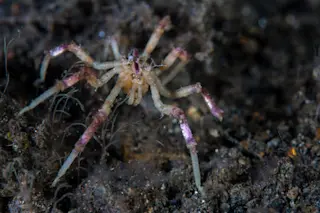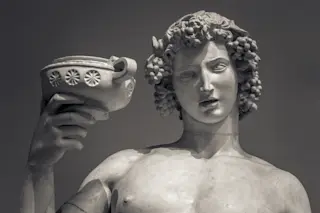In the 1950s, an American anthropologist, Ralph Solecki, discovered the remains of 10 Neanderthals in a cave in Iraqi Kurdistan.
Solecki thought that some of these cave burials were accidental, and it appeared that some had died from falling rocks. But others seemed to have been buried, and there were even traces of flower grain found with one set of remains.
Did this mean the Neanderthals had funerals? With flowers?
Such questions had to wait. Political unrest in Iraq forced Solecki’s team to stop their on-site research. Only in the past decade has a new generation of scientists been able to revisit the Shanidar Cave and learn more about this unique Neanderthal burial site.
Read More: A Neanderthal Fingerprint Points to Art, and Possibly Portraiture, Around 43,000 Years Ago
Scientists were allowed back in the Shanidar Cave in 2014, but they had to stop a year later as ISIS fighters ...
